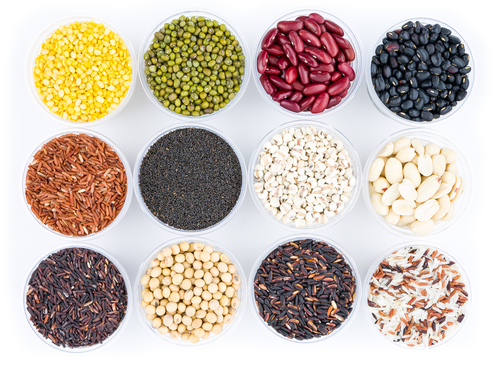By Leo Gil
When we think of eating by color, it is important for us to know that what gives foods their color. Pigments give food their coloring, and they also add nutritional value. Each color family provides different health benefits. Green foods receive plenty of attention because they are incredibly beneficial and nutrient-packed, but other pigments, particularly black, also pack a serious nutritional punch!
Black-colored foods get their color from anthocyanins, which are plant pigments that act as powerful antioxidants. These antioxidants may assist with enhancing memory, disease prevention and reducing age-related cognitive decline.[1]
5 Anthocyanin-rich Foods
1. Black Rice:
It contains higher amounts of vitamin E than brown rice, which are essential for immune system function.
2. Black Lentils:
One cup of these nutrient loaded legumes will provide almost half of your RDA for iron.
3. Blackberries:
These berries are very dense in fiber — providing up to 8 grams of fiber per cup.
4. Black Soybeans:
Eating black soybeans can assist with thrombosis (blood clot) prevention, according to a Korean study.
5. Black tea:
This type of tea is rich in theaflavins. These useful antioxidants assist with post exercise muscle recovery, and can also help lower your risk of heart attack.[2]





Comments (0)